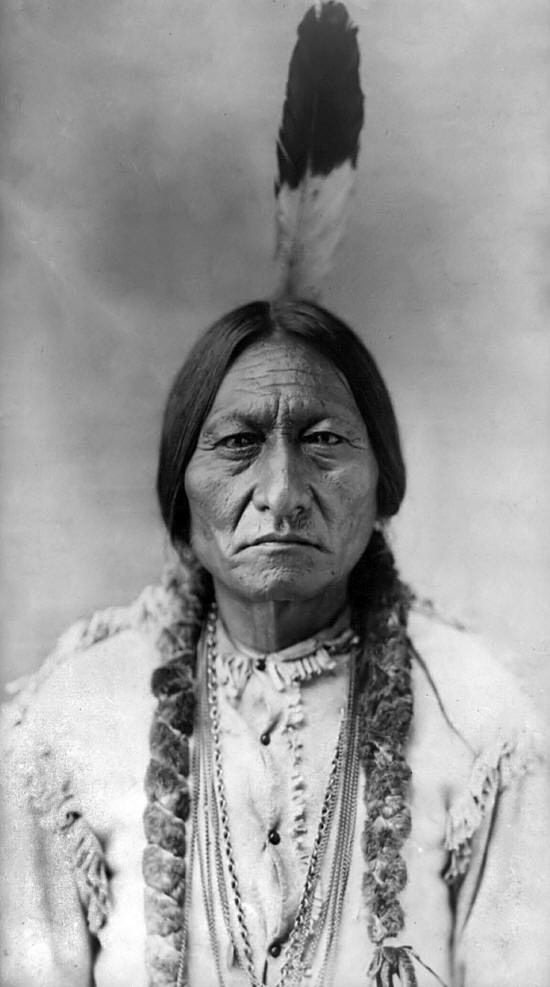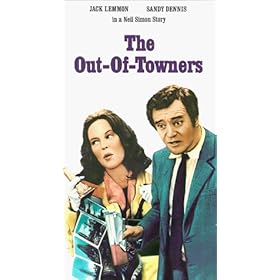 I’ve never been one to pay much attention to the opening ceremonies of the Olympics. In fact I can’t remember one. And the parade of nations—feh. I mean how long can you watch athletes parade around a track looking like 1960s airline stewardesses? When I found out that Zhang Yimou, one of my fave directors, was in charge of this year’s festivities, my curiosity was peaked. The end result was nothing short of totally spectacular. One of the great directors on the world’s largest stage with seemingly unlimited resources at his disposal managed to create a spectacle of immense proportions. Zhang and the Chinese delivered full marks to be certain. The NBC commentators seemed truly awed. I can say I’m not surprised given the epic nature of Zhang’s most recent work. Hero, House of Flying Daggers and the underrated Curse of The Golden Flower showcase his penchant for people flying through the air, extravagant costuming and his ability to choreograph armies of people. And let’s not forget his tendency to be schmaltzy and overdramatic—key elements in creating for the Olympic audience.
I’ve never been one to pay much attention to the opening ceremonies of the Olympics. In fact I can’t remember one. And the parade of nations—feh. I mean how long can you watch athletes parade around a track looking like 1960s airline stewardesses? When I found out that Zhang Yimou, one of my fave directors, was in charge of this year’s festivities, my curiosity was peaked. The end result was nothing short of totally spectacular. One of the great directors on the world’s largest stage with seemingly unlimited resources at his disposal managed to create a spectacle of immense proportions. Zhang and the Chinese delivered full marks to be certain. The NBC commentators seemed truly awed. I can say I’m not surprised given the epic nature of Zhang’s most recent work. Hero, House of Flying Daggers and the underrated Curse of The Golden Flower showcase his penchant for people flying through the air, extravagant costuming and his ability to choreograph armies of people. And let’s not forget his tendency to be schmaltzy and overdramatic—key elements in creating for the Olympic audience.Last year, I wrote a review of Curse of The Golden Flower that appeared on the KQED arts blog. I’m going to reprint it here because little bits of the review dovetail nicely with what went on in this week’s opening ceremonies.
CURSE OF THE GOLDEN FLOWER
Let me start by saying I’m a sucker for Zhang Yimou. From martial arts epics like Hero to town and country comedies like Not One Less he delivers year after year, gracefully hopping from style to style and mastering them all. His latest, Curse of the Golden Flower, picks up where last year’s twin killings of Hero and House of Flying Daggers left off. Curse is a martial arts epic on the grandest of scales. In many respects Curse fulfills the promise of films from Hollywood’s Golden Era in ways that American films no longer approach. If you have a hankering for a bygone era where movies provided an element of escapism with stories bigger than life, international stars dressed to the nines, set in milieus beyond your wildest fantasies then Curse delivers in style. Set amidst the palaces of Tang Dynasty China, the sets are beyond belief—opulent and colorful bordering on the kaleidescopic. The wardrobe, costumes and hairdos should have devotees of Edith Head salivating. Both Gong Li and Chow Yun-Fat look amazing and don jaw-dropping outfit after jaw-dropping outfit. But the fashion show doesn’t stop with the stars, the film has a cast of thousands dressed in color coordinated finery. As for the story, this is unabashed melodrama of Sirkian proportions involving infidelity, incest, poison, and for good measure, a military coup that leads to a staggering body count. And while the mounting death toll may be a turn off to those fond of a more genteel 50’s universe, the martial arts sequences are a thing of choreographed beauty. It might not be Astaire and Rogers, but one could make a case for a comparison. Technically the film is astounding. The cinematography, art direction, editing, and sound mix are all Academy-Award caliber. Like the Golden Age of Hollywood which featured the top technicians at the top of their game, Zhang has surrounded himself with technical masters. At the end of the day, if you’re looking to sink back into your seat and let a movie envelop you, Curse of The Golden Flower won’t disappoint.
Must See Zhang Yimou Movies:
Raise The Red Lantern
The Story of Qiu Ju
Not One Less
Hero
House of Flying Daggers
Curse of The Golden Flower
Ju Dou (I’ve not actually seen this one, but this is the one that made him famous)
Really good Zhang Yimou Movies:
Shanghi Triad
To Live
Happy Times
The Road Home
For all things Zhang Yimou on imdb, go here.





